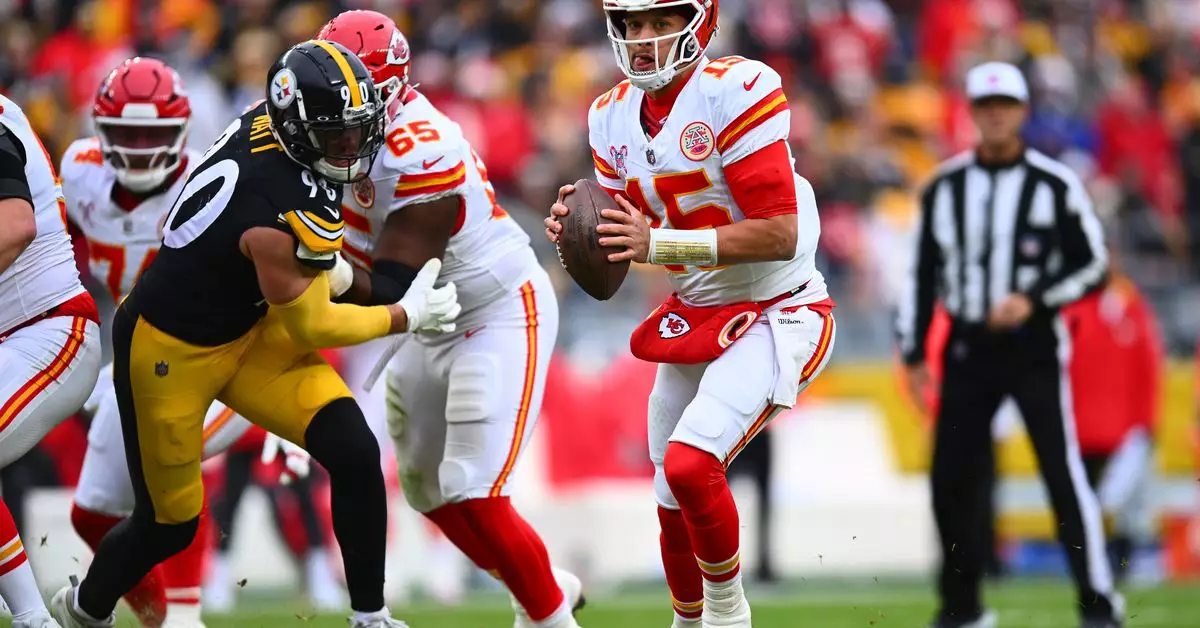On Christmas Day, Netflix achieved a remarkable milestone by broadcasting live NFL games that attracted record-breaking viewership. According to Nielsen ratings, the games featuring the Kansas City Chiefs and the Pittsburgh Steelers, as well as the Houston Texans versus the Baltimore Ravens, garnered astonishing average minute audiences (AMA) of 24.1 million and 24.3 million, respectively. This collective viewership means that nearly 65 million unique viewers tuned in to enjoy the live sports spectacle. This achievement not only highlights Netflix’s growing prowess in live sports broadcasting but also reflects the streaming giant’s ability to attract vast audiences for content that was once exclusively the domain of traditional TV networks.
Though the Netflix platform did face some technical hurdles during a highly-publicized boxing match between Mike Tyson and Jake Paul that saw more than 60 million households tuning in, it managed to navigate the technical complexities during the NFL games. Unlike previous events, where the service struggled to maintain stability under immense viewer demand, this time around, Netflix’s infrastructure withstood the test. Viewers were treated to star-studded halftime performances by musical icons Mariah Carey and Beyoncé, adding a layer of entertainment that complemented the already exhilarating sports presentations.
With the NFL’s decision to extend its broadcast deal with Netflix for at least the next two years, this partnership signifies a pivotal shift in how audiences consume football. By leveraging its platform to showcase NFL games, Netflix not only broadens its content offerings but also solidifies its standing in the competitive streaming landscape. Fans can anticipate more live games on the platform, a move that further blurs the lines between traditional sports broadcasting and streaming services.
Impact on Other Sports
Interestingly, despite the overshadowing presence of Netflix’s NFL broadcasts on Christmas, the NBA reported its own significant viewership figures this holiday season. The league articulated that their games averaged 5.25 million viewers each, marking the highest Christmas Day viewership in five years. With an overall increase of 84% compared to the previous year, it appears that Christmas Day sports viewing is expanding rather than contracting due to the influx of competing platforms. The rise in audience numbers across different sports may hint at a broader trend within the sports broadcasting arena, where fans are eager for diverse options.
Looking Ahead
As Netflix prepares to release a standalone replay of Beyoncé’s halftime performance, which reached its peak viewership of 27 million, it becomes increasingly evident that streaming platforms are carving out a significant space for live events. This new model not only generates excitement among viewers but also opens doors for future partnerships and innovative broadcasting ventures. With this Christmas Day showing, Netflix not only added a fresh chapter to its portfolio but also set a new standard for live sports engagement, paving the way for an exhilarating future in streaming.

